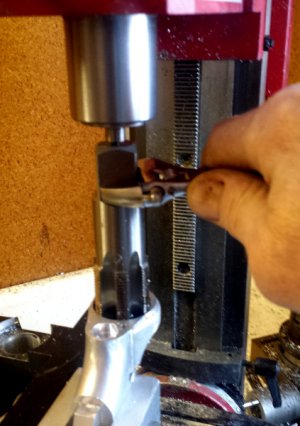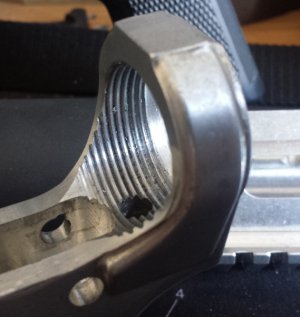- Joined
- Jul 30, 2012
- Messages
- 504
Look into homemade etching set-ups. Cheap and easy. I'll try to get some links posted later.
Tom I would check with them as many places will not touch a home made gun part. By working on a completed lower they are doing work to a firearm and can get unwanted attention from our favorite government agency.


Keep the BATFE engraving depth requirements in mind. A lot of jewelry and trophy shops aren't used to etching or engraving deep enough. DIY etching has a similar problem.
Jeff
Sent from my XT1254 using Tapatalk
